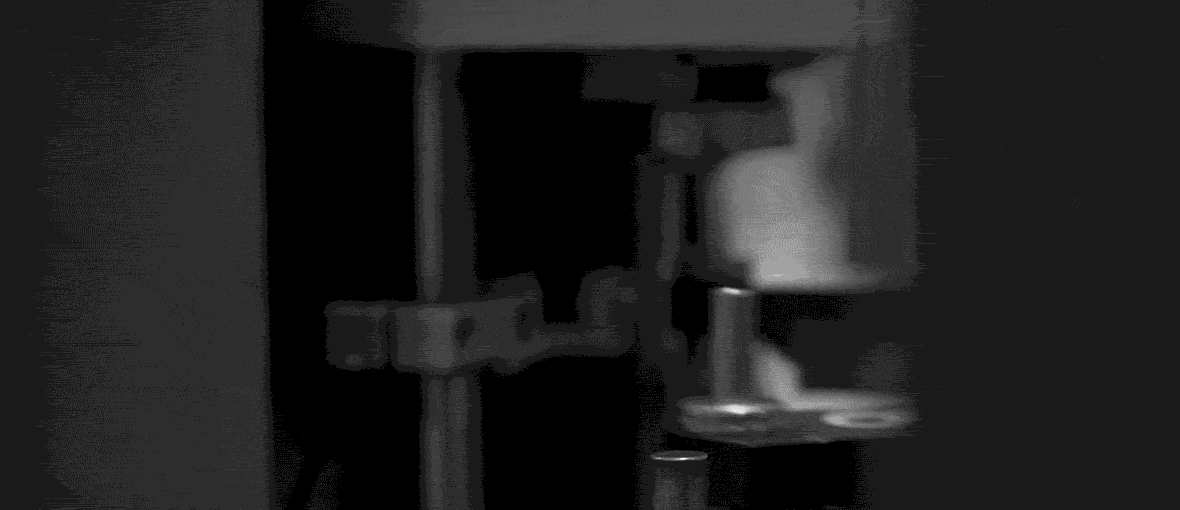Manufacturing’s Effect on Bullet Performance
The manufacturing process that a bullet producer uses impacts different performance metrics of precision bullets in many ways. Not all manufacturing processes are created equal, which is why not all bullet brands can hold the same tolerances as each other and also why different bullet brands’ performance can vary even though to the naked eye the bullets look similar in quality and design. This series has explored many elements of Ballistic Coefficients (BC’s) for modern long range bullets. Many of these properties manifest from aspects of bullet manufacturing. Below are some specific ways in which the manufacturing process impacts the important performance metrics of precision bullets.
Manufacturing’s Effect on BC
Manufacturing can affect BC in a couple ways. One way is how low of a drag profile can be achieved with a given type of manufacturing. For example, Open Tip Match (OTM) style bullets have a small blunt tip (meplat). The diameter of this tip is determined by the size of knock out pin that’s required to eject the bullet from the ogive forming die. If you’ve ever wondered why they don’t make the bullet tips smaller, for OTM style bullets, the answer is that it would require a smaller knock-out pin that would not be strong enough to reliably eject bullets from the ogive swaging dies.
Berger has created an improvement to the conventional OTM geometry by closing the tips after forming ogives in a proprietary process called Meplat Reduction Technology (MRT). MRT is applied to Long Range Hybrid Target bullets, and results in a higher and more consistent BC compared to bullets without MRT.
Another way manufacturing affects BC is related to consistency of dimensions. How consistent are the bullets within a lot? If there’s a great deal of geometric variation in a lot of bullets, this will result in a large BC variation from shot-to-shot, and increase vertical dispersion at long range.
Manufacturing’s Effect on Accuracy
Recall the definition of accuracy – how close the center of your group is to the aim point. With this in mind, bullet manufacturing has very little to do with accuracy. Accuracy is mostly achieved by managing your sights/scope well, and applying accuracy elevation and windage corrections for long range shots. Even though you’ll hear many commercials claim “Enhanced Accuracy” as an attribute of a bullet, this is the “No BS BC” article series so we’re setting that straight! Accuracy comes from good aiming, precision comes from good rifles and bullets.
If we’re reaching, one possible way that a bullet might contribute to accuracy is consistency from lot-to-lot. Suppose you are shooting long range and your ballistic solution is accurate for the bullets you are shooting. Your group will be centered on target at long range. Now if you change lots of bullets, and the new lot has a different average BC, your trajectory predictions will be inaccurate. In this case, the inaccuracy is caused by lack of consistency in the bullet manufacturing. You would have to adjust the BC in the ballistic solver to make it accurate for the new lot of bullets.
Manufacturing’s Effect on Precision
The precision of a bullet is affected a great deal by quality manufacturing. In fact, when you see commercials bragging about a claimed high quality bullet being accurate, what they likely mean to claim is precision, meaning the ability of the bullet to shoot small groups.
Berger Bullets was founded on the innovation of precision bullet manufacturing. To achieve precision with a projectile that’s spinning at over 100,000 RPM, mass balance is essential. Mass balance is driven by the concentricity of the jacket. In other words, the copper jacket needs to be the same thickness all the way around, so the heavy lead core is centered on the spin axis. Anywhere the jacket is thicker or thinner introduces a mass imbalance, that creates dispersion right out of the muzzle. For this reason, Berger has established the highest standard in the industry for jacket concentricity: 0.0003” is the max tolerance for run out (difference between thickest and thinnest part of the jacket). With such well balanced jackets, Berger is able to make bullets that are precise enough to win at every level of competition from PRS and F-class to ELR and Benchrest.
All Berger bullets are made with J4 Precision Bullet Jackets, which are well known in custom bullet making circles for holding the tightest tolerances in the industry.
Want a bullet that has both a high BC and a consistent BC? Learn more about our new Long Range Hybrid Target bullets.
